Walvis Bay, Namibia 2022
We sailed away from Cape Town on the evening of November 24 and the next morning Mary tested negative for Covid and was finally released from detention. The next stop on our itinerary was Luderitz, Namibia, but the captain announced that because of weather and sea conditions we would be skipping that stop. That made no difference for Rick, who was still in quarantine, but Mary could have gone ashore and participated in our scheduled excursion. It is always disappointing to miss a port, but it is not unusual to miss one or two on a long voyage and everybody missed this one.
Our next scheduled port was Walvis Bay, Namibia, where we arrived early in the morning of November 27. We had visited here once before in 2018, so if you want to see more of the Walvis Bay area here it is:
https://baderjournal.com/2018/08/24/walvis-bay-namibia/
We had a day long excursion booked and Rick was scheduled to be sprung from quarantine that morning if he tested negative for Covid. We had asked in advance for Medical to send someone to our cabin as early as possible for the test, hoping he would be ready to go by the rather early departure time of the excursion. Well, the tester arrived early, but a half hour passed afterward with no notification of the result. We called Medical and found out they had called and left a message at the separate room Rick had been moved to the day after Mary tested positive, even though they had moved him back a week before! Good thing we called. So we hurried out for the next step (it really feels great when you first walk out the door after a quarantine) which was a mandatory face to face passport check being held in the Explorers Lounge. You had to scan your key card before going in, but when Rick’s was scanned an alarm went off: it sounded like a fire truck was on the way! It turned out that Medical had not gotten the quarantine restriction on Rick’s key card removed (apparently because they continued to view him as living in the other room). After that was cleared up with a call to Medical we had our passports cleared and joined the excursion group before the ship was cleared for disembarkation. Of course, when Rick’s card was scanned to leave the ship . . . you guessed it, an alarm went off again, even louder than before. It took a few minutes for them to clear that up and we left the ship to start the excursion. Surely they would have this all cleared up by the time we returned late in the afternoon when his card would have to be scanned to permit Rick to reboard! Right?
The morning part of the excursion was a boat trip around the bay. We boarded a fairly small boat at the dock not very far from the ship.
Before even leaving the dock we met two members of the wildlife crew. A large pelican was sitting on a fence as we boarded and he boarded the boat before we sailed. A very large bird, it was probably a Great White Pelican which are plentiful in this part of Africa. Obviously used to people, it joined the group without hesitation. It didn’t stay with us for the whole trip but was there to greet us when we returned to the dock.
Our second wildlife crew member was a fur seal (named Sammy, we think). He was clearly used to being on this boat with people and was very comfortable mingling with us. The back of the boat was flat except for a railing and he would dive off this platform into the sea to retrieve thrown fish (kind of like a dog except he would eat the fish instead of returning it). Then he would race back to the boat and leap onto the platform again. He wandered around the boat interacting with passengers, even jumping into their laps at times. He came over to us and looked up like a puppy; this was fun except he was standing on Rick’s foot! And a seal weighing several hundred pounds is pretty heavy.
It was quite cold and windy when we set out and we were sitting near the open front of the boat where the wind was blowing in without restriction. Refreshments of various kinds, including champagne and locally grown oysters, were served from time to time. It was a long ride to see the wildlife of the bay. Eventually we came to a very long beach with Cape Fur Seals as far as the eye could see. This was Pelican Point, a large sand peninsula that protects the bay from the ocean. It hosts a seal colony more than 100,000 strong (although not all at the same time). The wind had died down a bit and it was warmer by the time we got there, so Rick walked out on the front deck to get a better view and some pictures.
In the last two pictures here you can see in the distance the Pelican Point Lighthouse, built in 1932 from cast iron. It was originally near the ocean’s edge but over time the sand has built up to the point where it is now about a mile from the shore.
The seals did not have Pelican Point to themselves, however. A flamboyance (yes, that’s the official term) of flamingoes was hunting for food in the shallows of the beach in one area. These are Greater Flamingoes, which are large and have pink and black beaks. The seals didn’t seem to be bothered by them in the least. Flamingoes eat by submerging their heads upside down and using the top part of their beaks as scoops. They are gray at birth and do not acquire their iconic pink coloring until they are two or three years old. The coloring comes from the krill in their diet. When they spread their wings to fly away the colors under their wings are much more intense. The seals didn’t seem to care about the flamingoes’ incursion into the edge of their colony.
As we sailed around in the bay we encountered dolphins and a whale. They were pretty hard to spot because the water was not clear and the weather was overcast. They were hard to identify (at least for us) because they didn’t come far out of the gray water. At one point the whale, probably a humpback, rolled on its side and reached a fin out of the water, appearing to be waving to us.
Heading back to the pier we passed about a dozen bright blue barrels roped together in a long row. It turned out this was an oyster farm and, as we understand it, the oysters were growing attached to ropes hanging down from the barrels which we, of course, couldn’t see. Some seals found the barrels to be a convenient place to hang out. When we got back to the dock we were greeted by our friendly pelican.
We were met at the dock by our guides for the afternoon land trip to Sandwich Bay in a national park south of Walvis Bay. This was to be a 4X4 drive over sand dunes to a bay where very large sand dunes come right down to the edge of the ocean. We were all sorted into our vehicles, each of which had two rows of regular seats and a narrow third row apparently intended for children or luggage. Well, they had not brought enough vehicles for all of us to sit in the regular seats so guess where we ended up sitting? I’m sure you guessed it in one . . . because one of our group pleaded disability and we were the smallest ones we ended up (volunteered, actually) squeezed into the children’s seats in the back. And believe me, it was not an easy fit at all.
Before driving down to the sand dunes we stopped at the Walvis Bay lagoon to see more flamingoes. This was the spot where we saw flamingoes during our first visit in 2018. These were different than the ones we encountered at the seal colony, however. These were Lesser Flamingoes, smaller than the Greater Flamingoes and with mostly black beaks and small glowing red eyes.
As we drove south it was hard to see, much less take decent pictures, squeezed into the back seat. We did see another flamboyance of lesser flamingoes in a small bay and we passed a small seal we hoped was resting on a wet gray beach, but he was very still and lying in an odd position so we aren’t entirely sure he was still alive. The surf crashes in pretty aggressively on this part of the coast.
We stopped and got out (yay) in an area near the coast that was full of small sand hills covered with brown vegetation. We aren’t sure, but these may be what is called a hummock dune, which forms around a bush or bushes. Whatever they are, they make an interesting vista.
We never actually reached Sandwich Bay. It appeared the tide was in so, as you can see below, there was no room to drive down between the high dunes and the ocean’s edge. Our guide told us they could have gotten us closer by driving over the dunes but one of the passengers was afraid of that so they wouldn’t do it. That was too bad, but from where we stopped atop one of the dunes on the approach to the bay it was still a beautiful sight.
We drove over the dunes for a while, up and down on the sand, to a spot where we stopped and the guides set up tables and served food and beverages. It was a pretty good spread but we weren’t all that hungry. Even from the back seat the dune driving was rather fun.
While in the national park we saw a number of animals among the dunes or on the shore. The Gemsbok, or Oryx, is a type of antelope with very long thin straight horns and a distinctive black and white face. We saw a related species in Dubai a few years ago, where they had become extinct but had recently been reintroduced from captive stock. The ones we saw here were in a small herd that was feeding on vegetation growing on some dunes.
We were sitting on the edge of a dune overlooking the Gemsboks. The dune was covered by spiky green vines with spotted green fruits. These are called “!nara” (the ! pronounced like a click). They are endemic to the Namib desert and are an important food resource for the indigenous people. Related to the cucumber, they have taproots that can extend 150 feet or more into the sand and the plants can live for 100 years. The fruit we saw were about the size of a golf ball so they must have been quite young since a mature !nara melon weighs in at about 2 pounds.
We saw some Springbok as well, a smaller antelope type animal with shorter curved horns and different coloring.
Lots of boks in this area. We saw some Steenbok, small antelopes with very large ears (like Baby Yoda) and tiny horns.
Namibia is famous for its beautiful red sand dunes, caused by rust on sand particles made of iron ore. We didn’t see those but we drove to a spot on a dune where there was quite a bit of this red sand, which was very pretty. The sand was striped in red and yellow striations. One of the guides held a magnet just above a handful of this sand and the red particles jumped up to the magnet.
Nearby one of the guides found a tiny green lizard that fit in the palm of his hand. We think it may be a Namib Sand Gecko, which is endemic to this part of Africa.
We stopped at the top of a dune and looked over a sand cliff at an Ostrich with two eggs in its nest. And as we drove back toward Walvis Bay along the beach we encountered a Black Backed Jackal lying in the sand.
One last sight on our way back to the harbor was a large salt processing plant. Namibia produces about a million tons of salt each year by drying ocean salt water in the sun. The process takes many months, during which the fields of drying salt water acquire a pinkish cast from organisms living in the water. We had seen similar salt farms on the island of Bonaire in the Caribbean about six months earlier.
We arrived back at the port and boarded the ship. Of course, your room key has to be scanned before you are admitted into the ship and, guess what, the alarms went off again when they scanned Rick’s card. All day & not fixed! Once they cleared him by calling Medical we could go in. But wait, that’s not all! Namibia requires everyone to be cleared for departure by their immigration people, which was again in the Explorers’ Lounge. When they scanned Rick’s card at the entrance, the alarms went off again, for the fourth time. Not only was Rick’s card not recognized by the ship’s system, it also wouldn’t open the door to our room. It seemed like Medical’s failure to log Rick’s return to our room rendered him a nonperson as far as the ship was concerned.
We went up to the main desk and they worked some semi-magic and told us it was fixed. We went back to our cabin and the card still wouldn’t open the door, so back up we went. This time the desk clerk made Rick a new key card and took it down to our room himself to make sure it worked. It did and thankfully continued to work for the rest of the voyage. Covid was bad enough & we sure didn’t need this complication added on.
So ended our first time off the ship since Madagascar and Rick’s first day out of quarantine. He wasn’t sick any more but this was a very full and taxing excursion that left us rather worn out. It was good that we would have two sea days to regain our stamina before the next port.

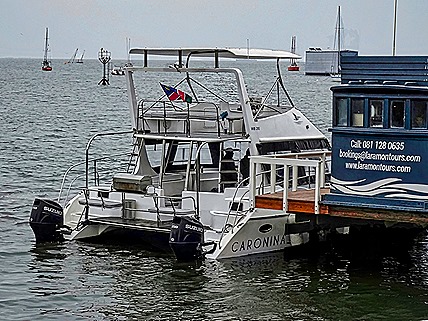


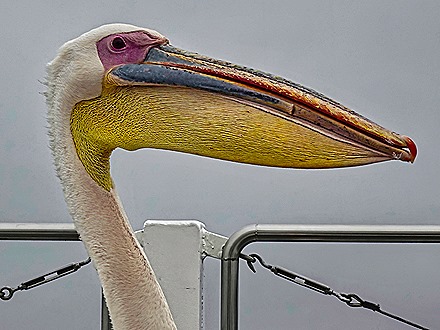





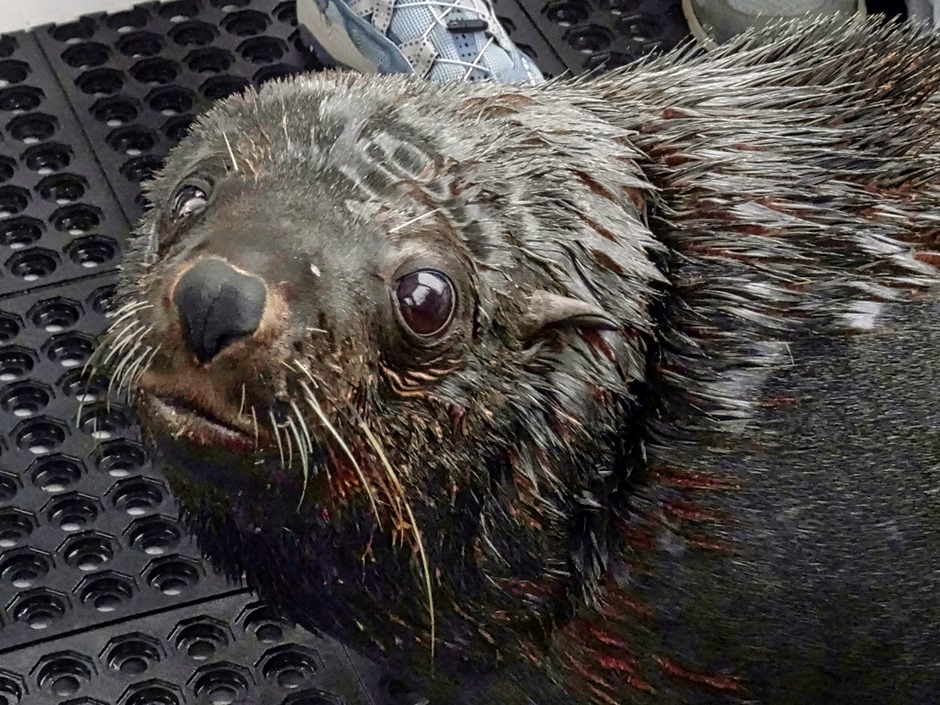
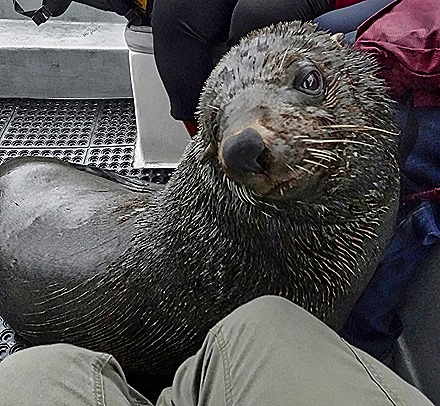
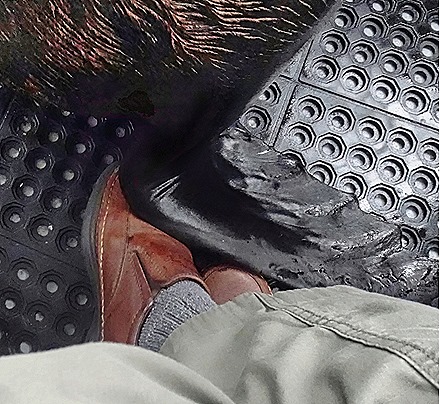




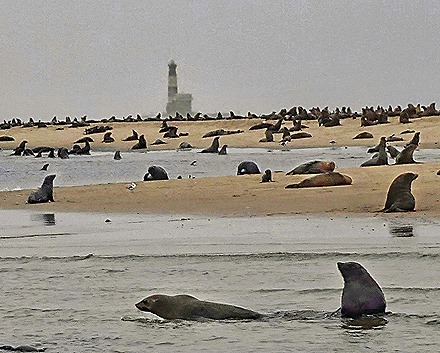

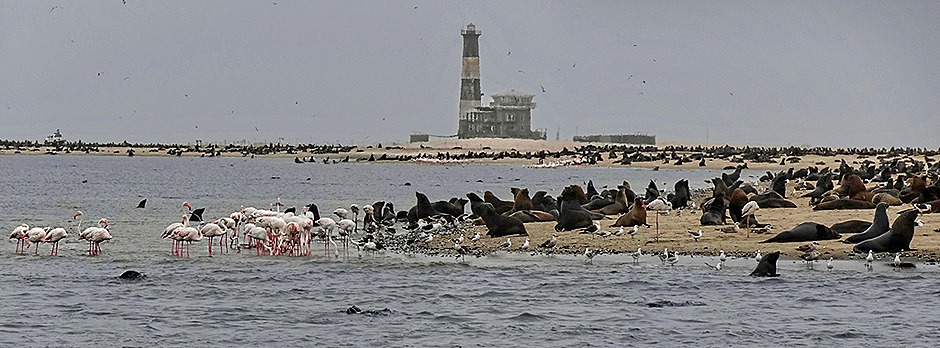
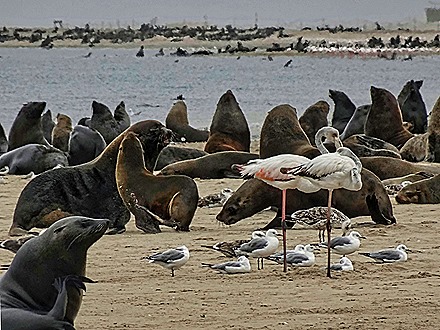
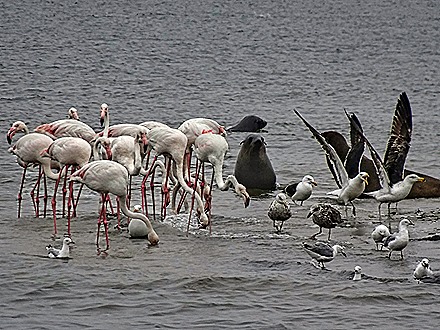




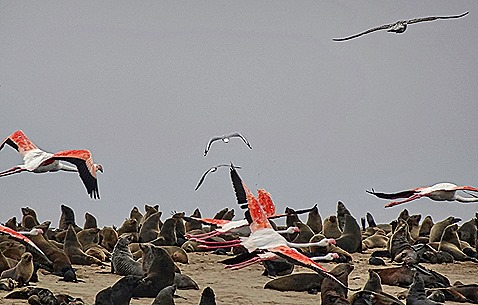
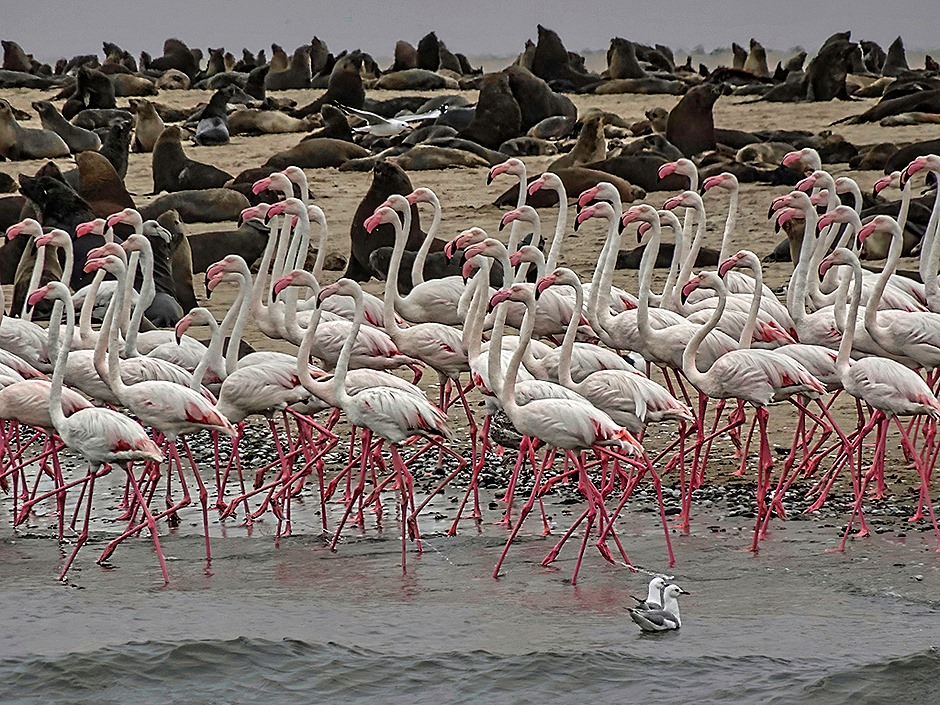

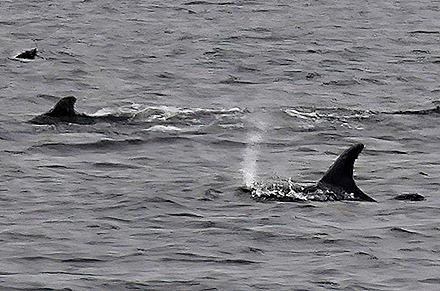
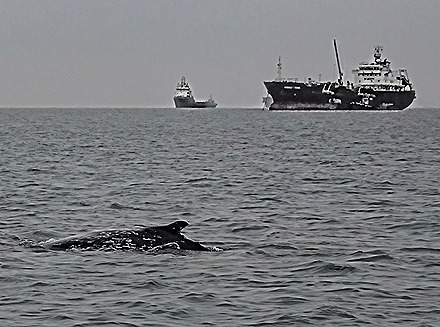


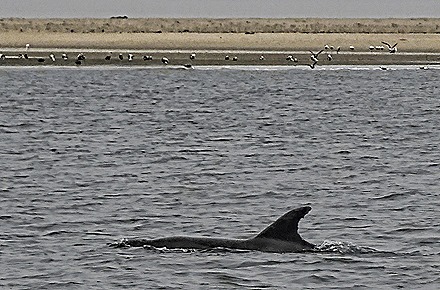
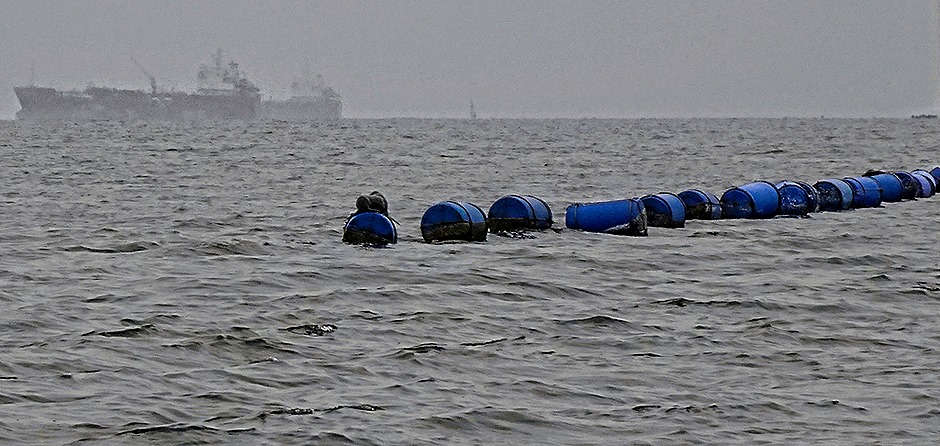
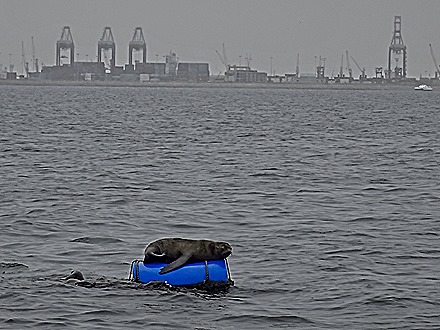



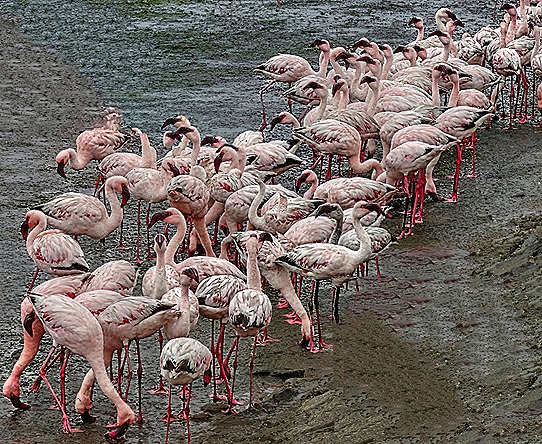


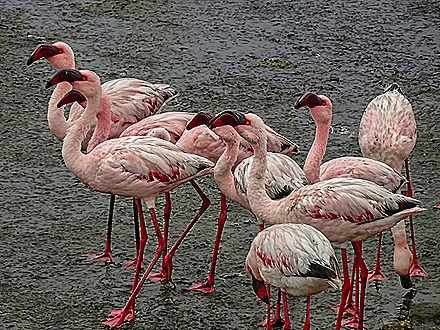
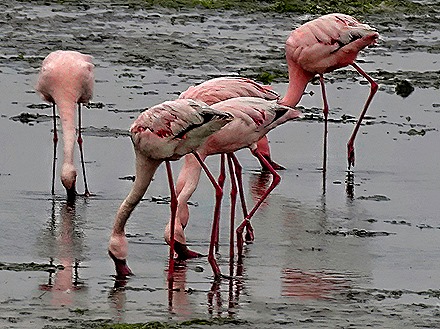
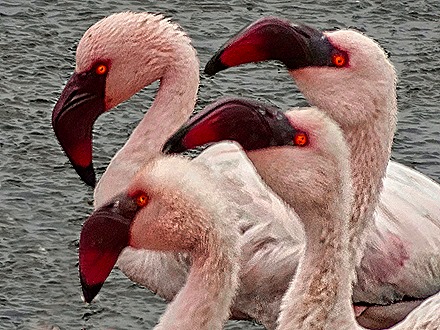
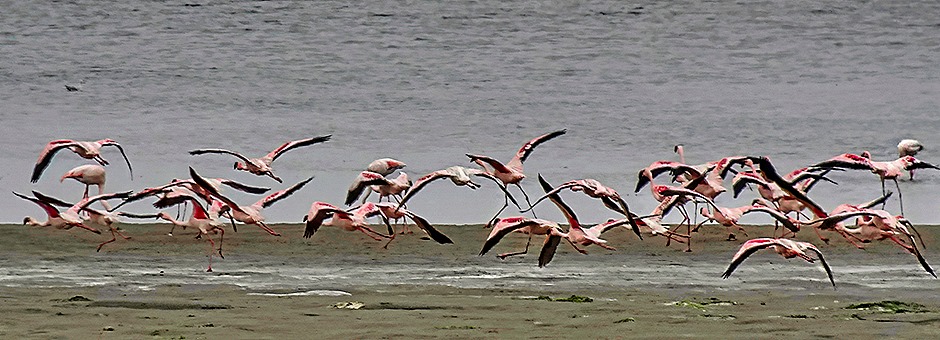
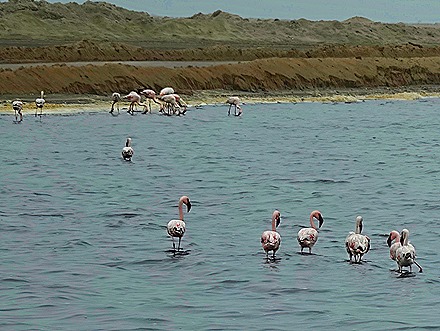
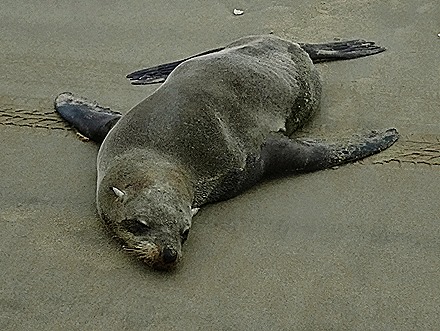
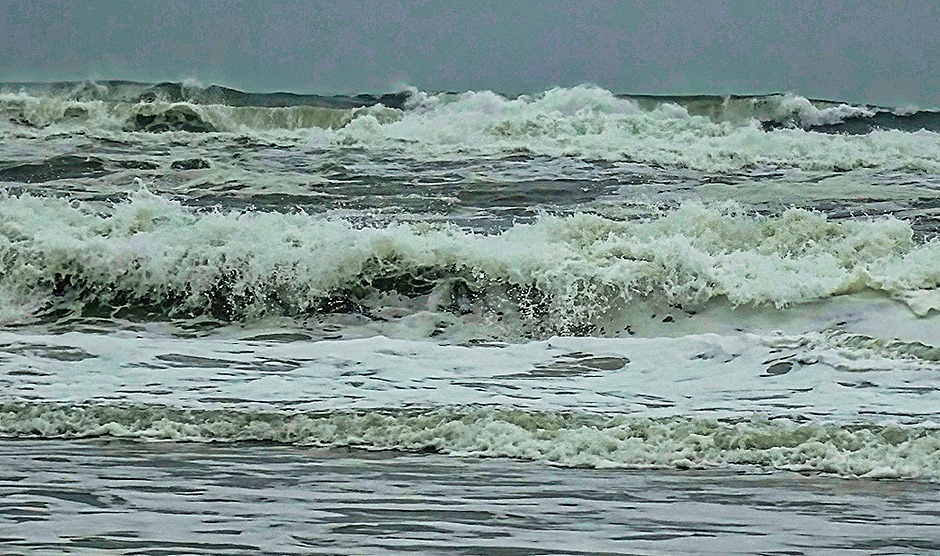


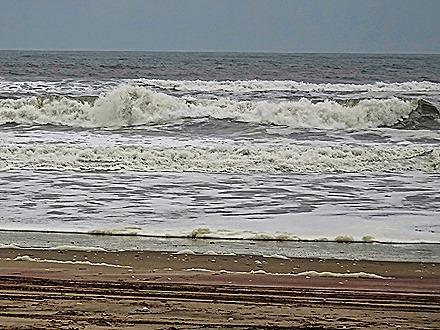


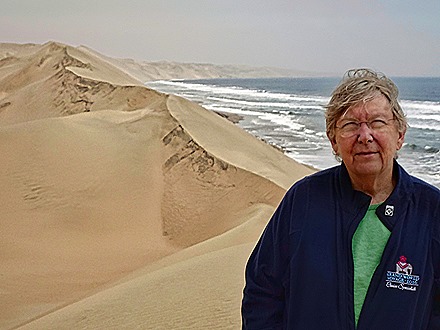
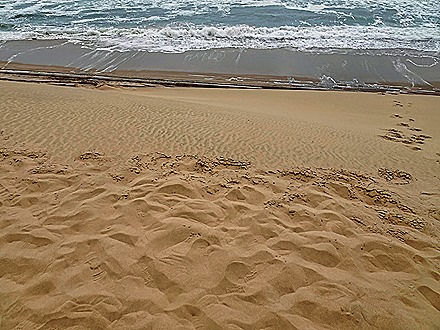
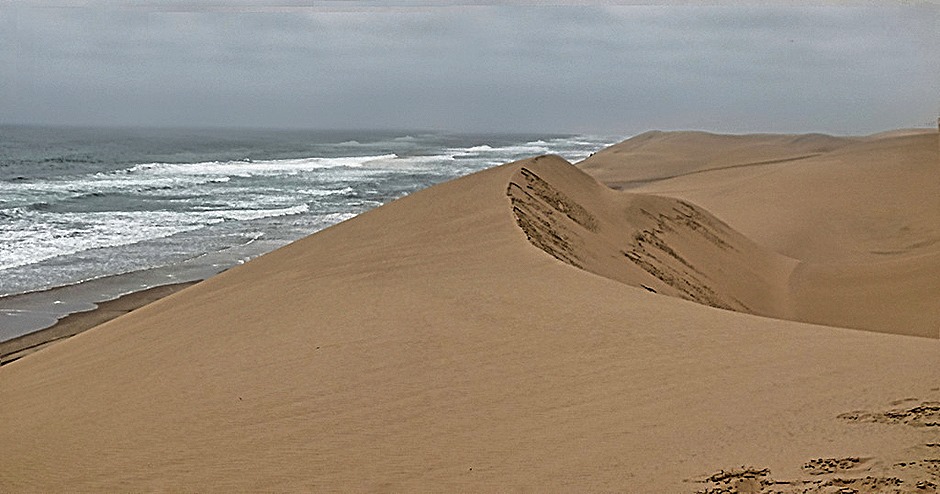
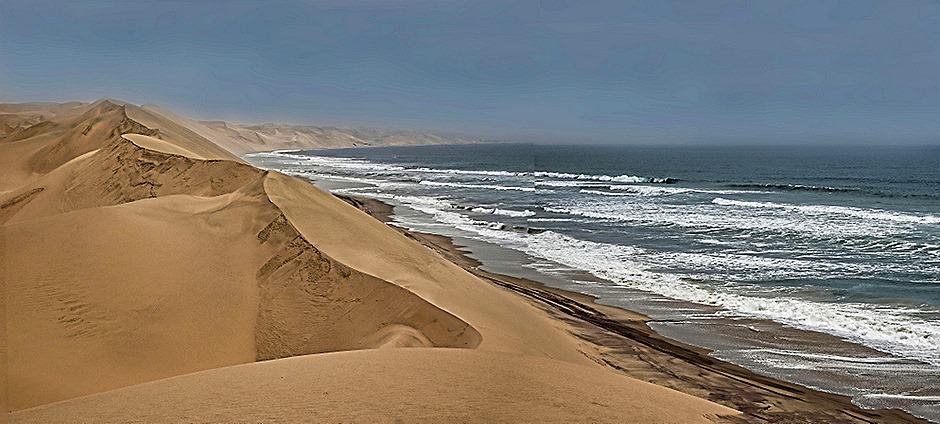
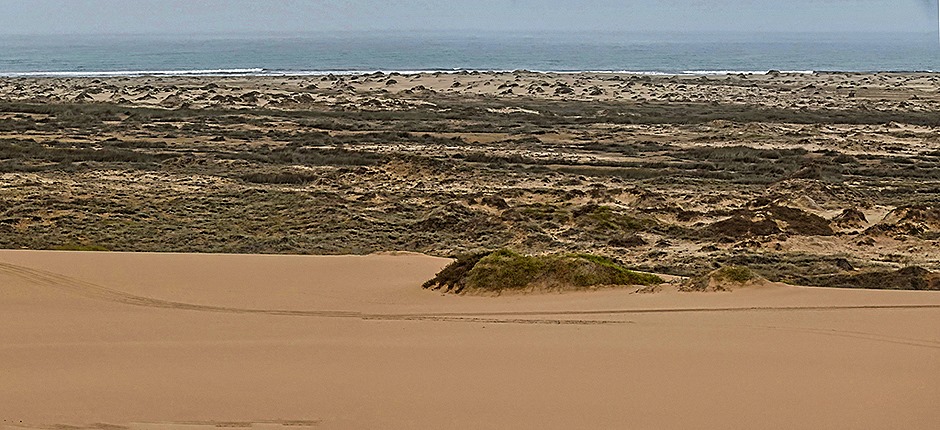





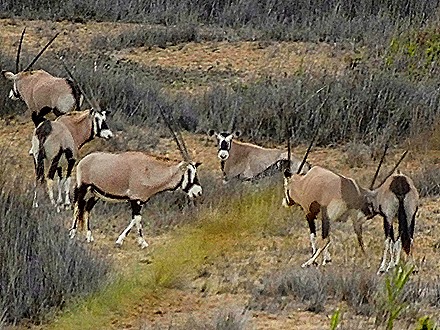




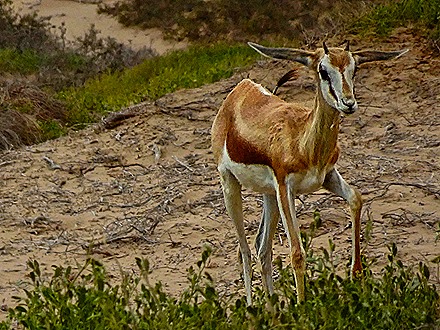
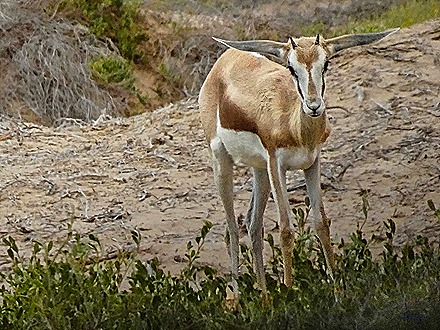

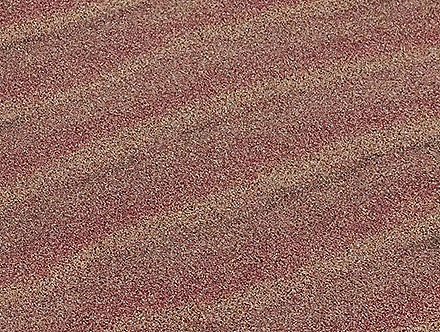
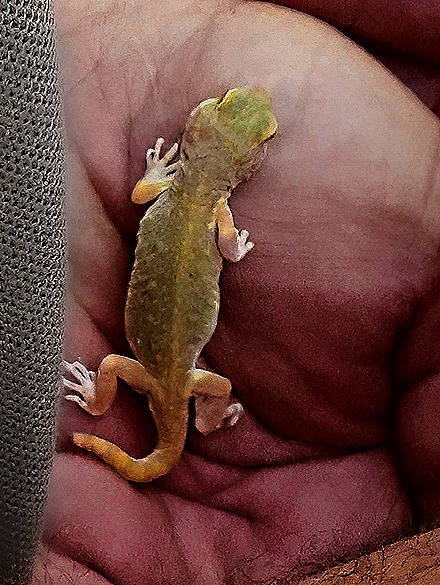
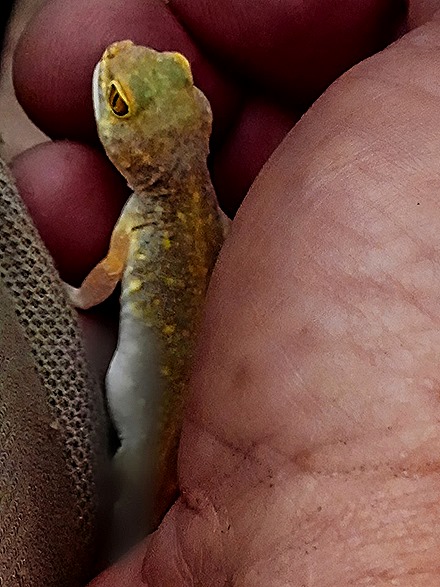
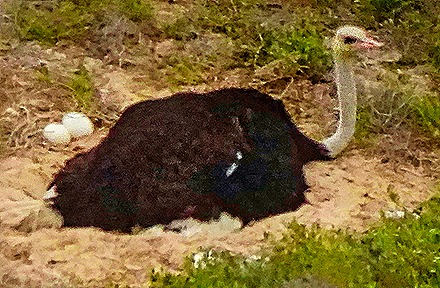
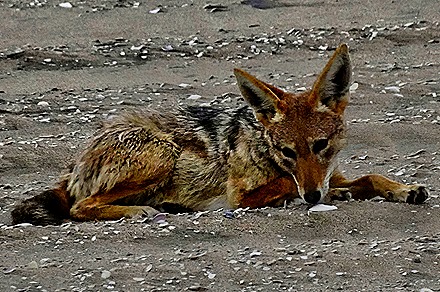


Your journalism and photography is truly fascinating. Thank you so much for sharing the good, bad, and the ugly in such a fun and positive way.
March 31, 2023 at 1:33 pm
Guess I should leave a comment on this one before I read your newest blog. These tours I would really enjoy as they look like so much fun. I have noticed that tours r so much more expensive that I’m having trouble booking them on our on coming cruise. Time for breakfast and your new blog
April 5, 2023 at 11:35 am
You are certainly right about the cost of excursions. But really, what isn’t a lot more expensive than a few years ago?
April 5, 2023 at 12:09 pm